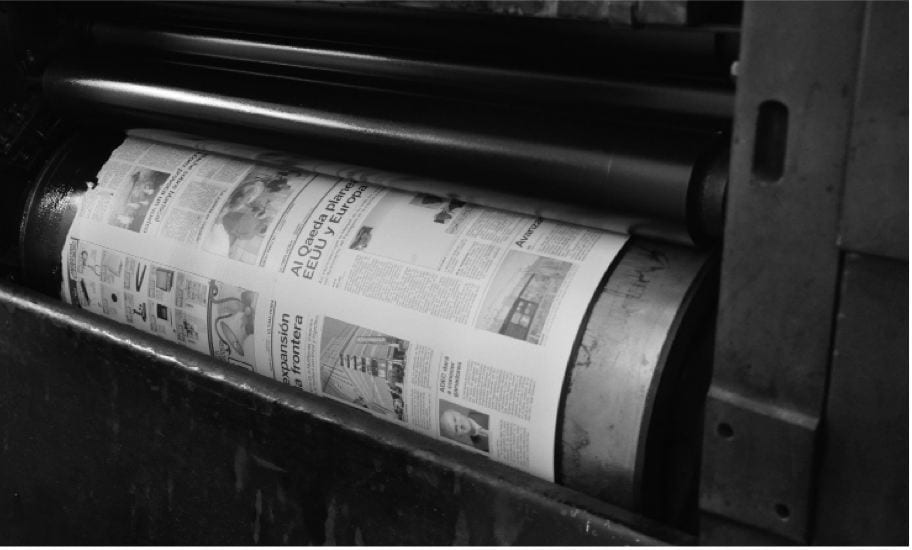
Journalism
Spring/Summer 2011 | Volume X, Number 2
Table of Contents
Editor’s Letter →
by June Carolyn Erlick
First Take

First Take: Attacking the Press
English + Español
The parking garage in a Ciudad Juárez shopping center was splashed with blood on the afternoon of September 16, 2010. Photographers Luis Carlos Santiago Orozco, 21, and Carlos Manuel Sánchez Colunga, 18, had been on a lunch break at the mall when they were gunned down. /El estacionamiento de un centro comercial de Ciudad Juárez se tiñó de sangre la tarde del 16 de septiembre de 2010. Allí estaban almorzando los reporteros gráficos Luis Carlos Santiago Orozco, de 21 años y Carlos Manuel Sánchez Colunga, de 18, cuando fueron atacados a balazos.
Reflections
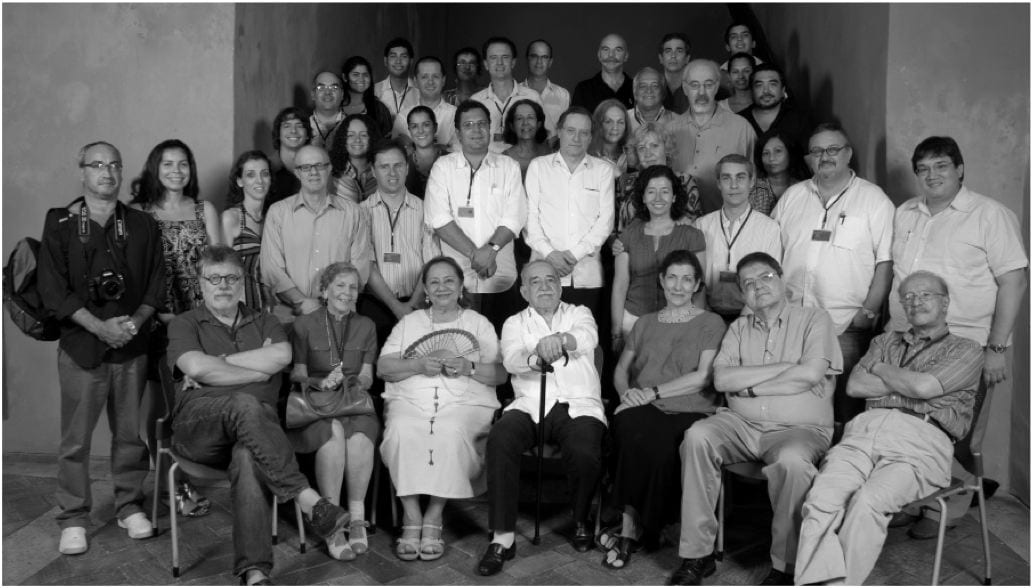
New Journalists for a New World
I received a surprising phone call one day in late 1993, when I was the director of Telecaribe, a public television channel in Barranquilla, Colombia. The caller was none other than Gabriel García Márquez. “Will you invite me to dinner?” he asked me. “Of course, Gabito,” I…

Latin American Nieman Fellows
A few days after I arrived at Harvard in August 2000 to begin my work as curator of the Nieman Foundation for Journalism, Tim Golden, an investigative reporter for the New York Times in Latin America, phoned me. “Could I find a place in the new Nieman class for a Colombian…
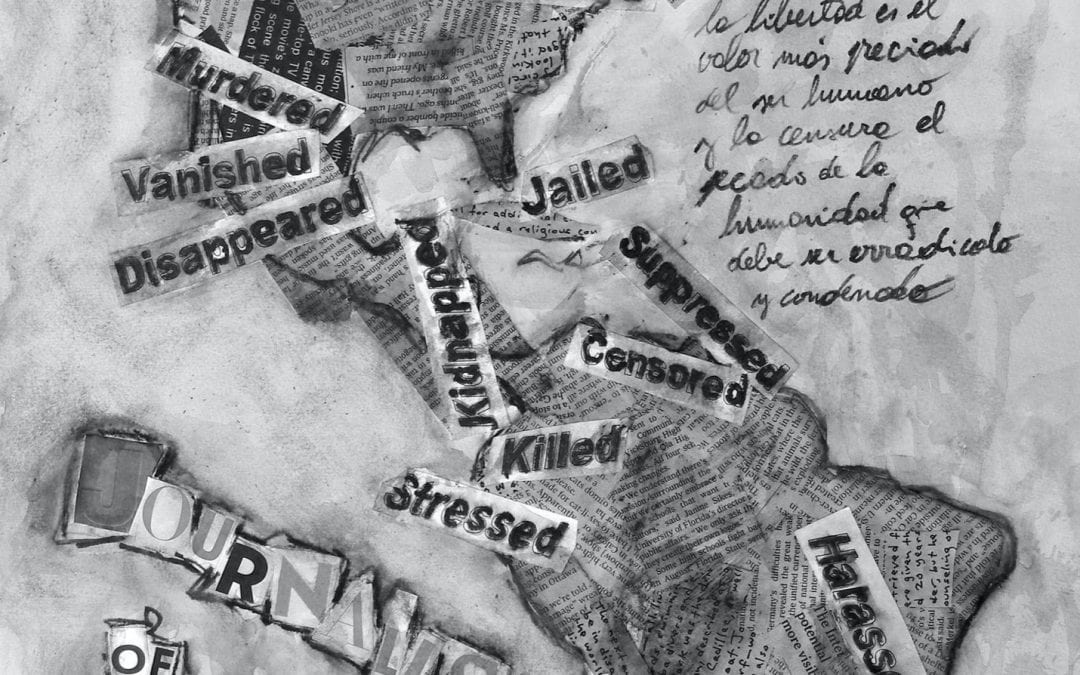
What’s New in Latin American Journalism
From deep disappointment to exciting new times: if that were a good title, it would be the title of this story. Just three years ago, after spending 17 years as a political correspondent and columnist with major Buenos Aires newspapers, I took a break from Argentina’s media…
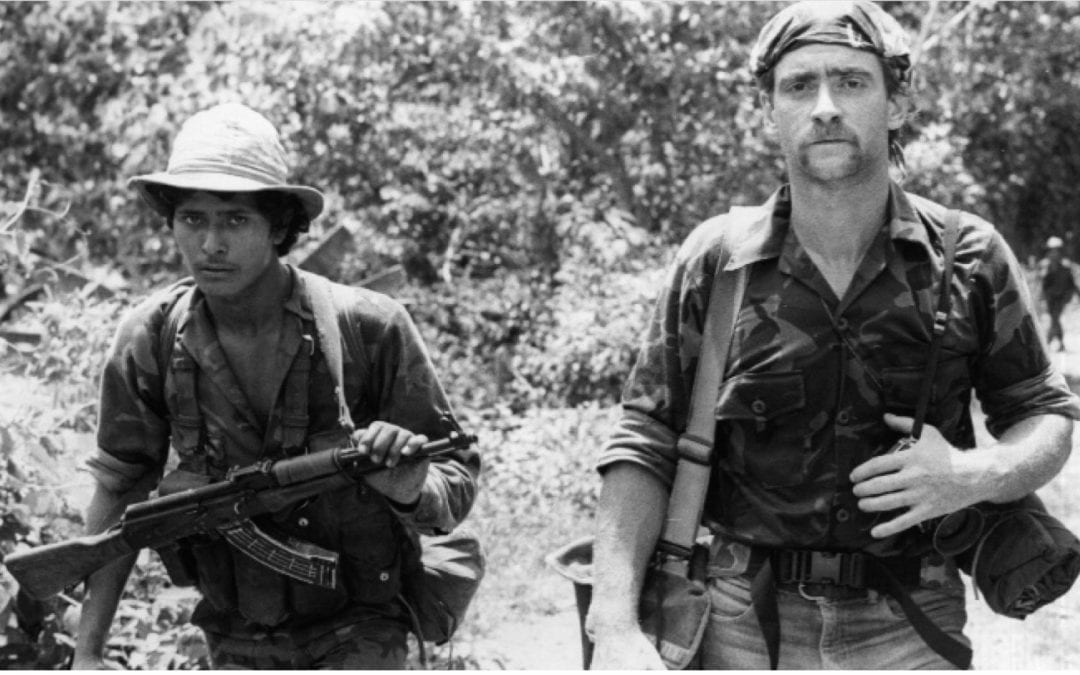
Covering the Region
Jonathan Kandell, a young reporter just a few years out of Columbia Journalism School, won the newspaperman’s lottery in 1972. The New York Times sent him to South America and, for the next five years, he lived in great style as a foreign correspondent based first in Buenos…
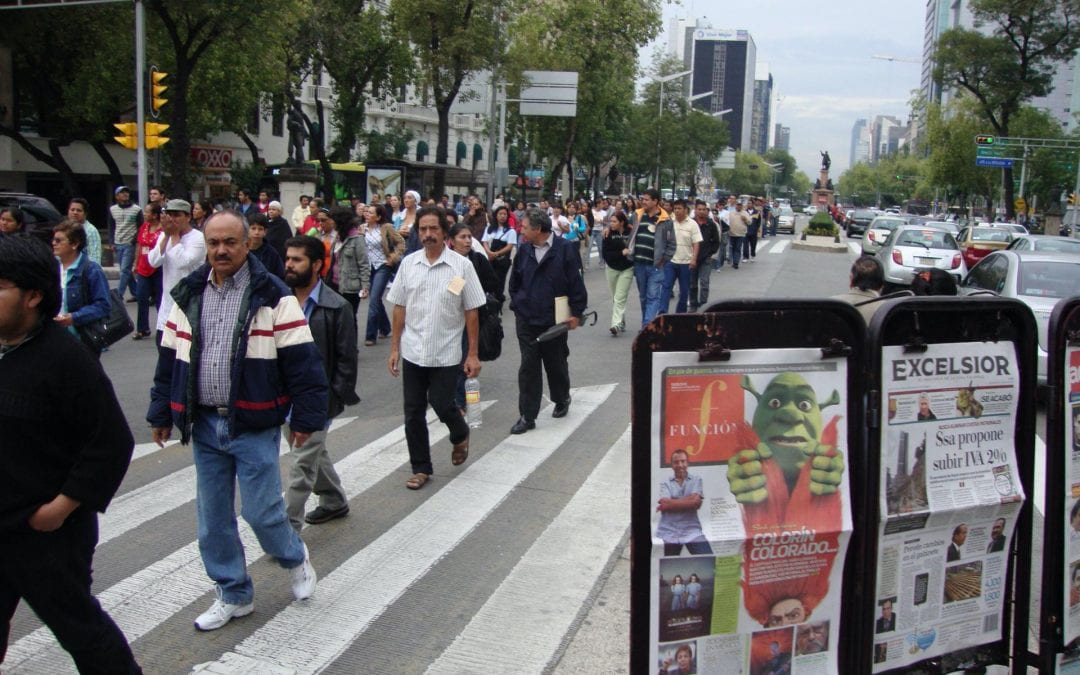
Journalism Training
When I was a young Brazilian journalist in Rio de Janeiro in the early 1970s, I answered the phone in the newsroom several times to hear an ominous voice announcing that he was a federal police agent calling to read out a notice. It was a censorship notification that invariably…
Under Attack
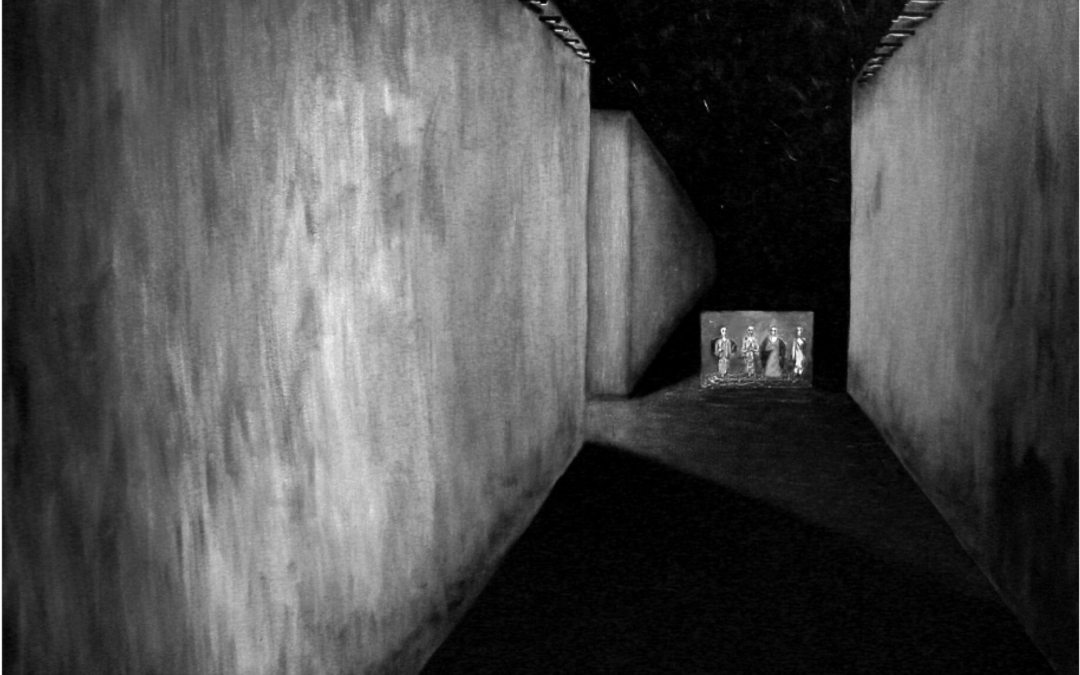
Freedom of Expression in Latin America
In June 1997, Chile’s Supreme Court upheld a ban on the film “The Last Temptation of Christ,” based on a Pinochet-era provision of the country’s constitution. Four years later, the Inter-American Court of Human Rights heard a challenge to this ban and issued a very different…

The Law as Censor
I was headed somewhere in a taxi with my 10-year-old daughter Sasha. It was a Saturday afternoon in September 2009, and we had just returned to Quito after a year at Harvard with a Nieman Fellowship. The taxi driver was listening to a speech by Ecuadoran President Rafael…

Beyond Intimidation and Exile
I wrote my first investigative story on a sturdy Olivetti typewriter, thoughts pounding into the paper with an irregular staccato that would slow down as night approached dawn. That was back in early 1982. I was a reporter at Peru’s Caretas, a weekly newsmagazine, already…
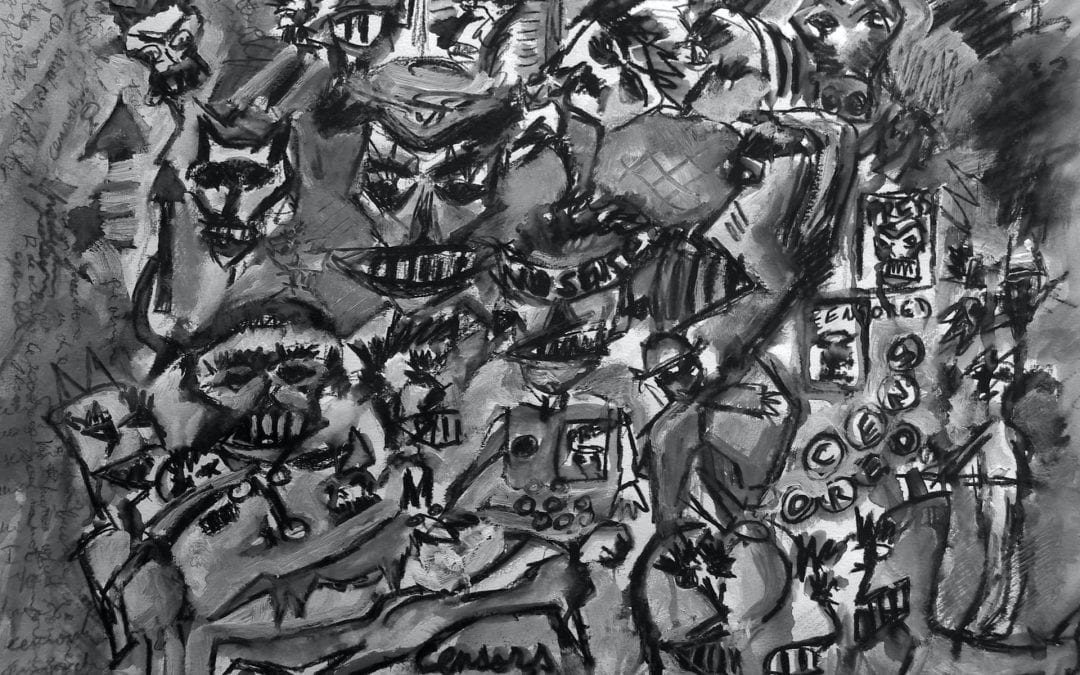
Silencing the Media
Citizens’ rights to be informed on issues of public interest are being undermined throughout Latin America, damaging the health of democracy across the region. Violence from powerful criminal syndicates, abuse of state resources by authoritarian governments, and…

Indirect Censorship
English + Español
To talk about press freedom, it’s necessary to talk about democracy. Both are intimately related. The quality of the one affects the other. Latin America is not immune from this equation, since both press freedom and democracy exist in a context with persistent structural and historic problems./Para hablar de libertad de prensa es necesario hablar de democracia. Ambas están estrechamente relacionadas. La calidad de una afecta a la otra. América Latina no es ajena a esta ecuación, ya que ambas disciplinas se desenvuelven en un contexto en el que persisten problemas estructurales e históricos.
New Voices
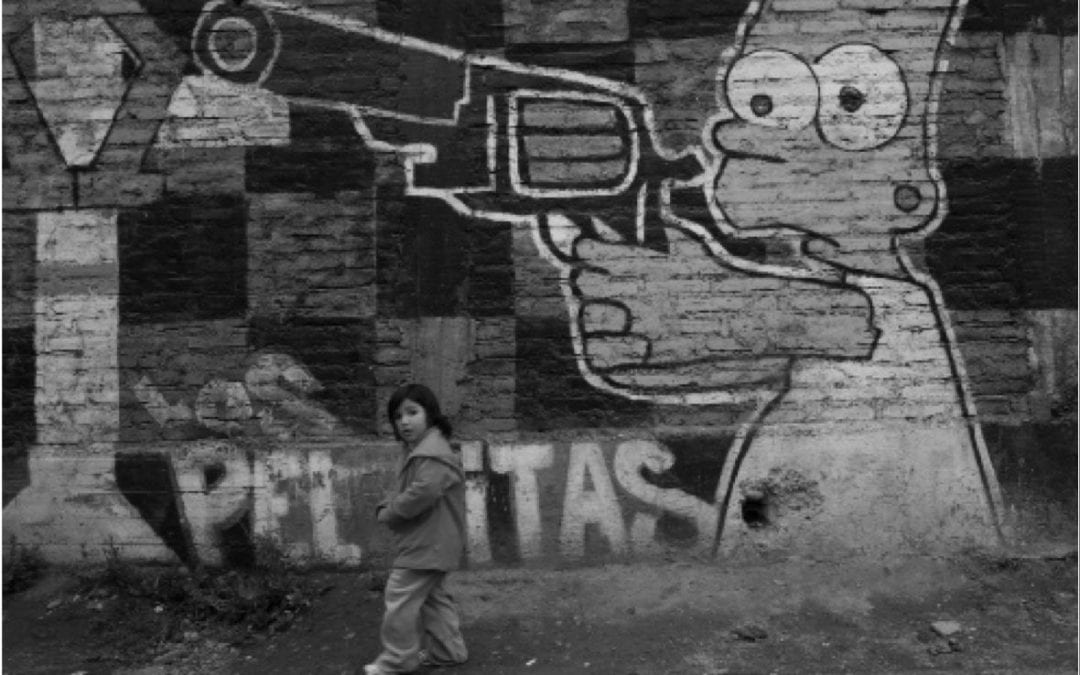
Investigative Journalism
It was the end of the year 2006. Six years of intense effort to create a newspaper to break the duopoly of the written media in Chile were coming to a close. Diario Siete (Seven News), which I founded and directed together with one of the best journalist teams in the country…
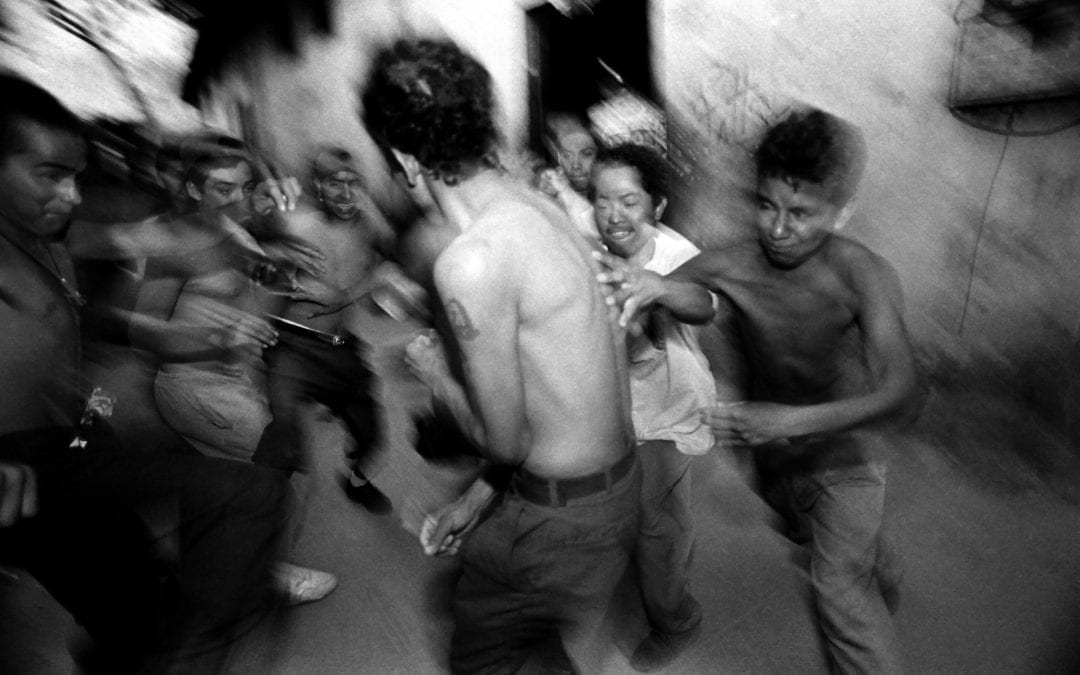
El Faro
El Faro got its start as an online medium in San Salvador in 1998. El Salvador had just emerged from 12 years of a cruel civil war. The 1992 peace agreements, signed between a rightist government (and its army) and a leftist guerrilla force (the FMLN), marked a new beginning…
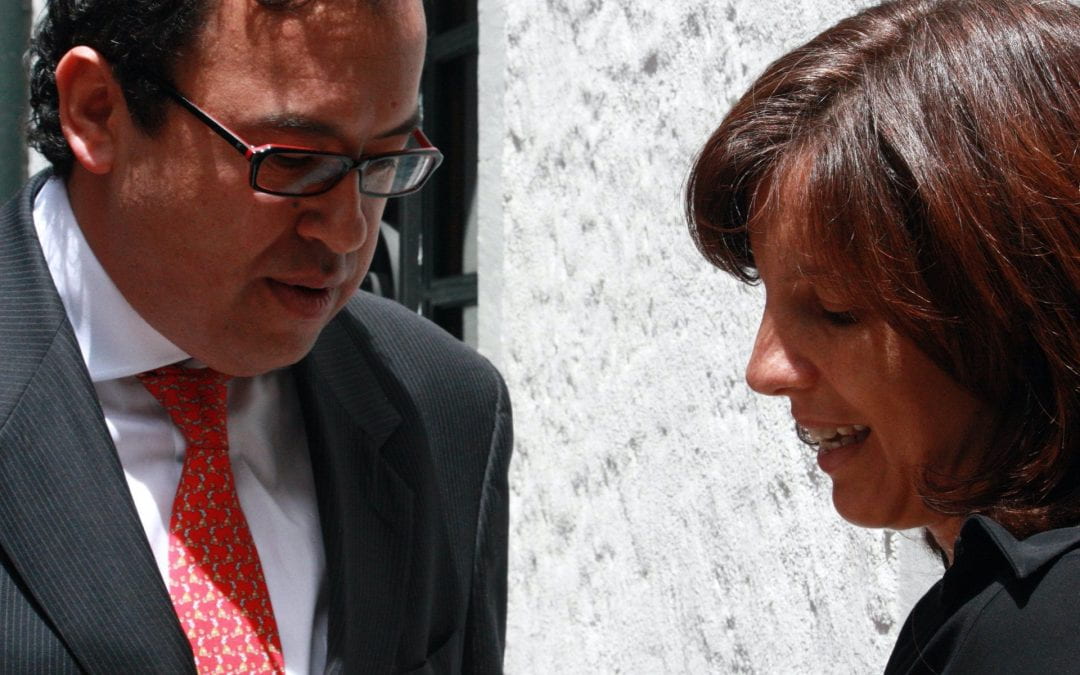
La Silla Vacía
In 2007, during my Nieman year at Harvard, I decided I wanted to start an interactive website, one that would probe Colombia’s power structures. As I started telling my colleagues about my idea, the most frequently asked question was, “What’s the business model?” I still…

Citizen Media
In October of 2009, my husband and I drove back down to Guatemala, the country of my birth, 3,118.5 miles, 53 hrs 1 minute of driving according to Bing maps, all the way from California. While I’d made similar drives with my mother, this time we weren’t headed down to…

Journalism in Paraguay
New technologies have started to play an important role in building a more participatory civic society in Paraguay. The Internet reached here in 1997, but even now only one in ten Paraguayans has access. The number of users is, however, increasing among the young. Some…

Why I Created a New Newspaper in Bolivia
English + Español
During my Nieman year at Harvard, I carefully kept my eye on the newspaper crisis. In the United States, ever since the middle of the last decade, journalists have been fired; the number of pages in print media has drastically dropped, reporters’ salaries have shrunk, and advertising has considerably diminished./Durante mi estadía en EEUU cursando la beca Nieman para periodistas en la Universidad de Harvard, seguí de cerca la crisis de los diarios. En ese país, desde mediados de la década pasada, los despidos de periodistas, las reducciones de cantidad de páginas de los periódicos, las disminuciones de sueldos de los reporteros, la caída de la publicidad, etc., son el triste reflejo de la crisis del periodismo impreso…
Focus on Mexico

Juárez in the Shadows
It is ten minutes before midnight; I’ve already reported on ten crimes in fewer than six hours. Today, fifteen people have died. To remember the exact number of muertitos—little dead people, in the very particular journalistic jargon of Ciudad Juárez—I have to look at my notes…
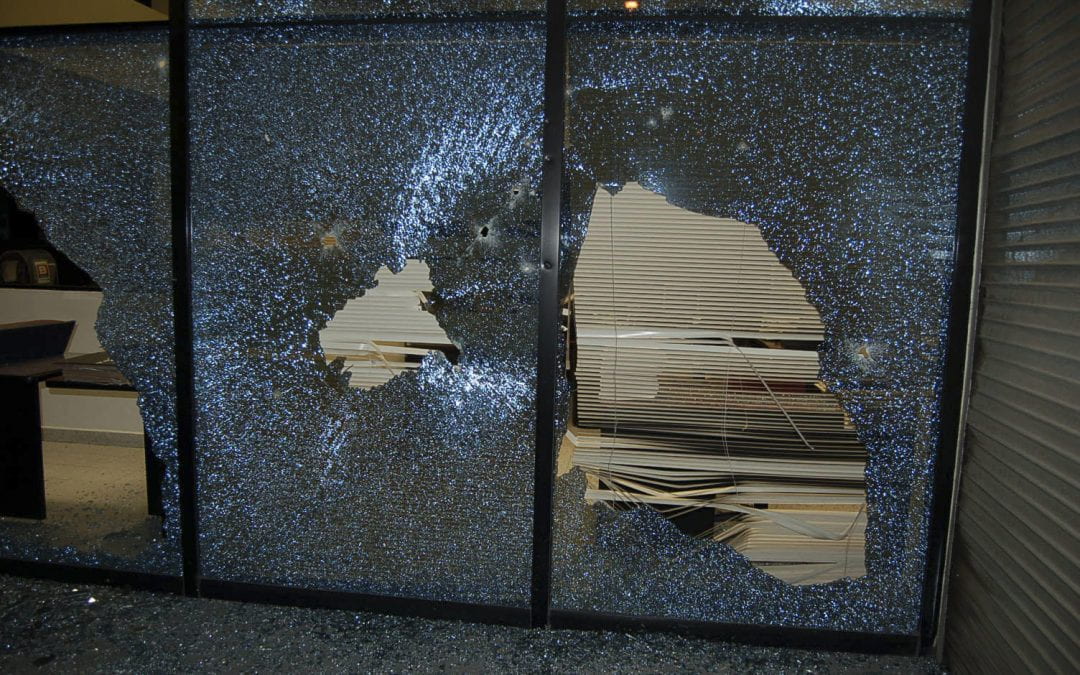
Under Fire in Mexico
It was past midnight, in the first minutes of Tuesday, August 18, 2009, when my cell phone rang with a call from the newsroom of El Siglo de Torreón, the daily in Torreón, Mexico, where I work as editor-in-chief. I thought it was a routine call about a breaking story. In a way it…
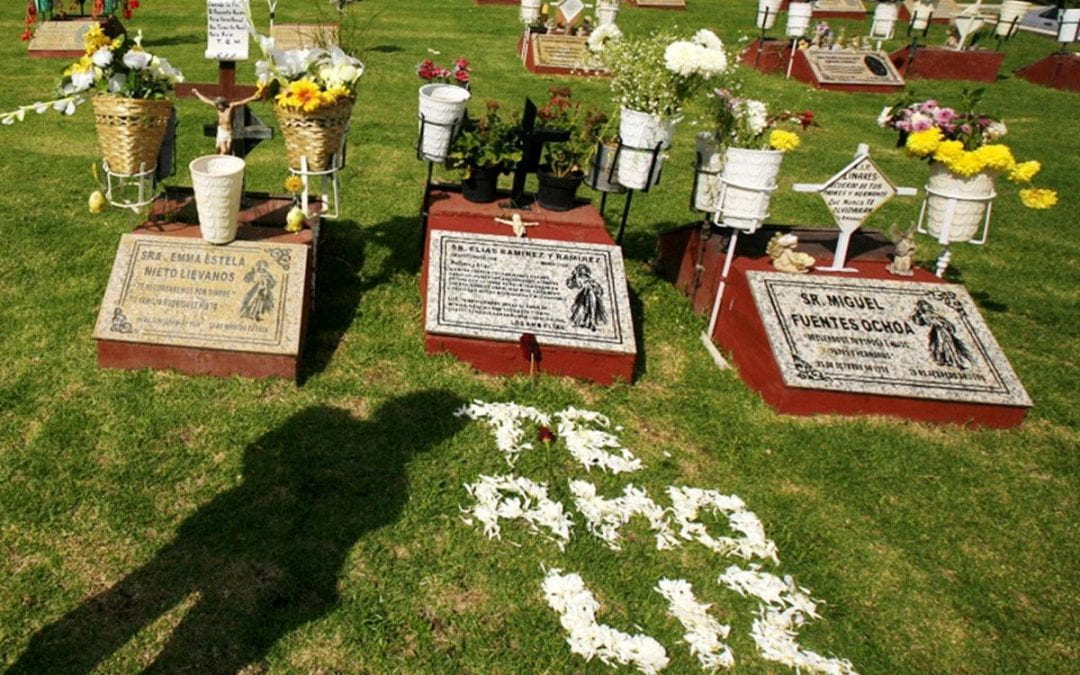
Midnight in Mexico
More than 60 Mexican journalists have been murdered and dozens more have disappeared since 2000, more than 30 in the past four years.
Every journalist in Mexico—sometimes even I, an American journalist—wakes up to ask the following questions: How far should I go today…

From the Ashes of Violence
English + Español
Ever since that afternoon when schoolteacher Gloria Lozano stared at her only son riddled with bullets on an empty lot next to the bodies of twelve other young people, all victims of a hit squad —among them, a first-time dad embracing his infant—ever since then, neither she nor any of the other families of the “Creel martyrs” would ever be the same. /Desde aquella tarde que Gloria Lozano vio a su único hijo rafagueado en un terreno baldío junto a los cuerpos de otros 12 cuerpos jóvenes –entre ellos un papá primerizo abrazado a su bebé, todos víctimas de un comando de sicarios–, ni ella, ni las demás familias de los “mártires de Creel”, volvieron a ser las mismas.
Making a Difference
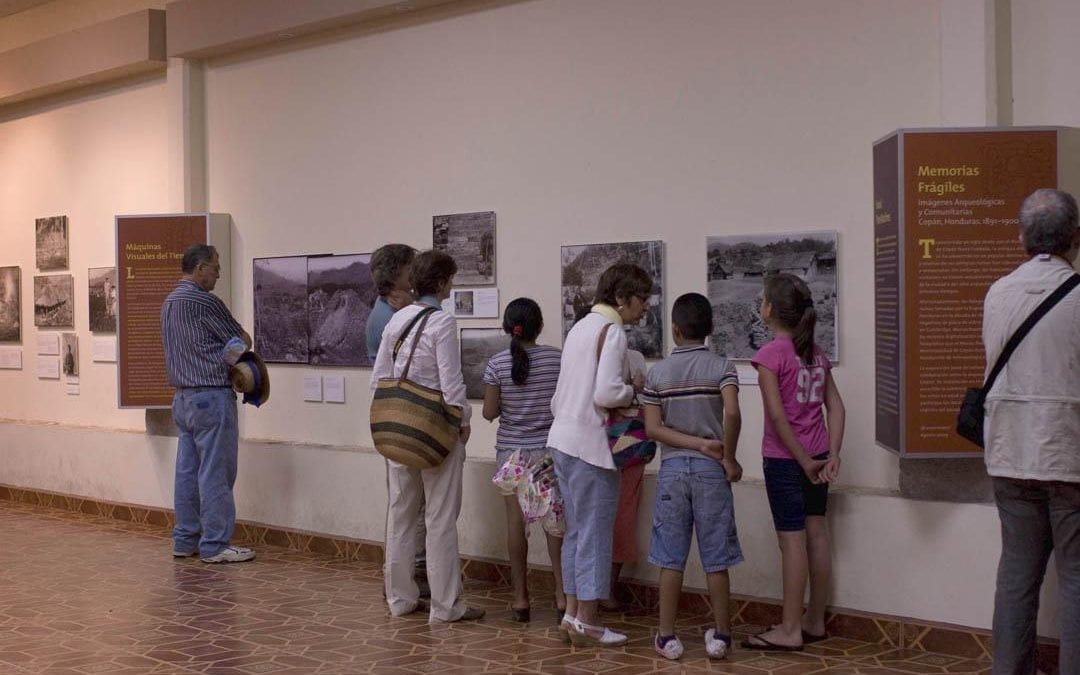
Making a Difference: Inheritors of History
The two sandal-clad ten-year-old girls in bobbing ponytails might have been tourists or children on a school excursion. Instead, these enthusiastic youths were explaining the background of the Fragile Memories: Archaeology and Community, Copán, Honduras 1891-1900…
Book Talk
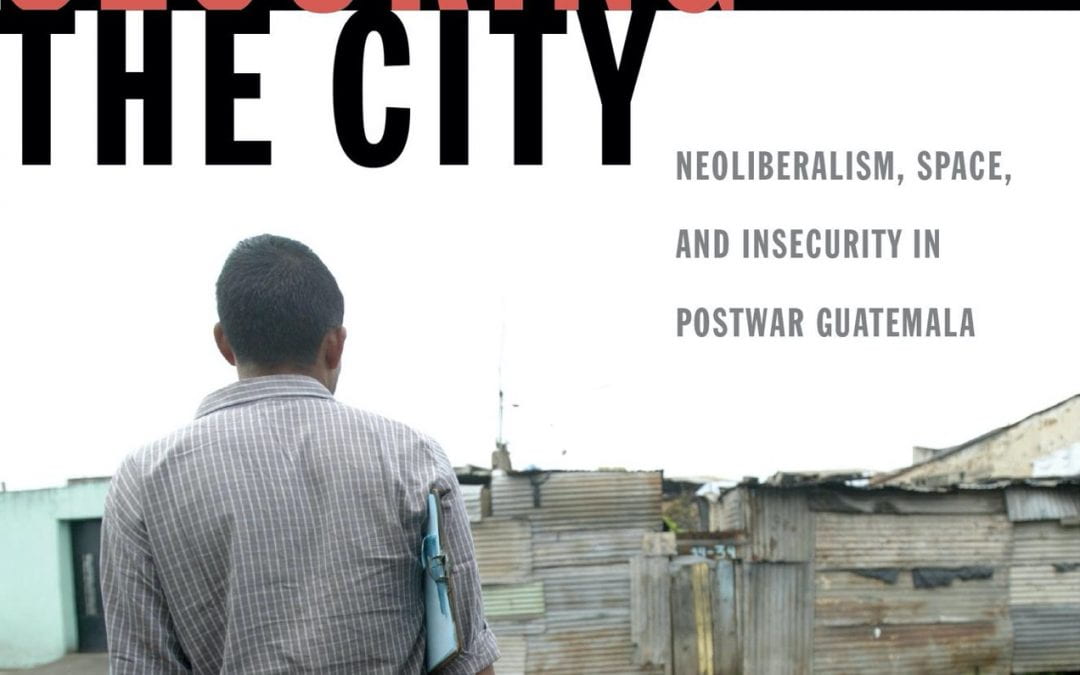
Securing the City: Neoliberalism, Space, and Insecurity in Postwar Guatemala
Guatemala City is a difficult place to live, much less to love. Smoke-belching buses clog its arteries, lurching past shantytown-lined ravines, down once-grand boulevards, and through the hardscrabble neighborhoods of the working poor, against which the glitz of the…
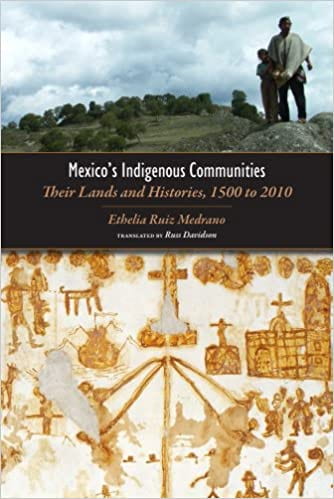
Mexico’s Indigenous Communities: Their Lands and Histories, 1500-2010
Mexico’s Indigenous Communities: Their Lands and Histories, 1500-2010 lives up to its ambitious title. In only 291 pages of dense near-encyclopedic history, Ruiz Medrano orders an enormous corpus of facts and arguments to provide a Post-Conquest review of indigenous…
